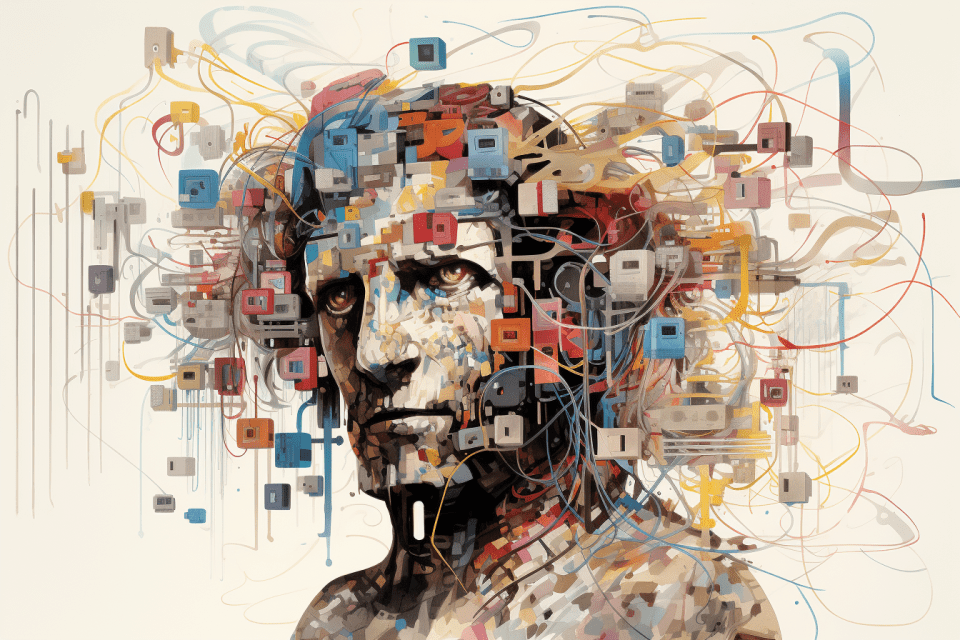Introducing the Q-Transformer: A New Approach to Robotic Reinforcement Learning
The Q-Transformer, developed by a team from Google DeepMind, is a novel architecture designed for offline reinforcement learning with high-capacity Transformer models. Led by Yevgen Chebotar and Quan Vuong, the team has created a method that is particularly suited for large-scale, multi-task robotic reinforcement learning.
The Q-Transformer is designed to train multi-task policies from extensive offline datasets, leveraging both human demonstrations and autonomously collected data. It uses a Transformer to provide a scalable representation for Q-functions trained via offline temporal difference backups. This allows it to be applied to large and diverse robotic datasets, including real-world data, and has shown to outperform prior offline RL algorithms and imitation learning techniques on a variety of robotic manipulation tasks.
Key Features and Contributions of the Q-Transformer
Scalable Representation for Q-functions
The Q-Transformer uses a Transformer model to provide a scalable representation for Q-functions, trained via offline temporal difference backups. This approach enables effective high-capacity sequence modeling techniques for Q-learning, which is particularly advantageous in handling large and diverse datasets.
Per-dimension Tokenization of Q-values
This architecture uniquely tokenizes Q-values per action dimension, allowing it to be applied effectively to a broad range of real-world robotic tasks. This has been validated through large-scale text-conditioned multi-task policies learned in both simulated environments and real-world experiments.
Innovative Learning Strategies
The Q-Transformer incorporates discrete Q-learning, a specific conservative Q-function regularizer for learning from offline datasets, and the use of Monte Carlo and n-step returns to enhance learning efficiency.
Addressing Challenges in RL
The Q-Transformer addresses over-estimation issues common in RL due to distributional shift by minimizing the Q-function on out-of-distribution actions. This is especially important when dealing with sparse rewards, where the regularized Q-function can avoid taking on negative values despite all non-negative instantaneous rewards.
Limitations and Future Directions
While the current implementation of Q-Transformer focuses on sparse binary reward tasks primarily for episodic robotic manipulation problems, it has limitations in handling higher-dimensional action spaces due to increased sequence length and inference time. Future developments might explore adaptive discretization methods and extend the Q-Transformer to online fine-tuning, enabling more effective autonomous improvement of complex robotic policies.
How to Use the Q-Transformer
To use the Q-Transformer, one typically imports the necessary components from the Q-Transformer library, sets up the model with specific parameters (like the number of actions, action bins, depth, heads, and dropout probability), and trains it on the dataset. The Q-Transformer’s architecture includes elements like Vision Transformer (ViT) for processing images and a dueling network structure for efficient learning.
The development and open-sourcing of the Q-Transformer were supported by StabilityAI, A16Z Open Source AI Grant Program, and Huggingface, among other sponsors.
In summary, the Q-Transformer represents a significant advancement in the field of robotic reinforcement learning. It offers a scalable and efficient method for training robots on diverse and large-scale datasets, addressing challenges in RL and achieving superior performance on various robotic manipulation tasks.
Image source: Shutterstock

